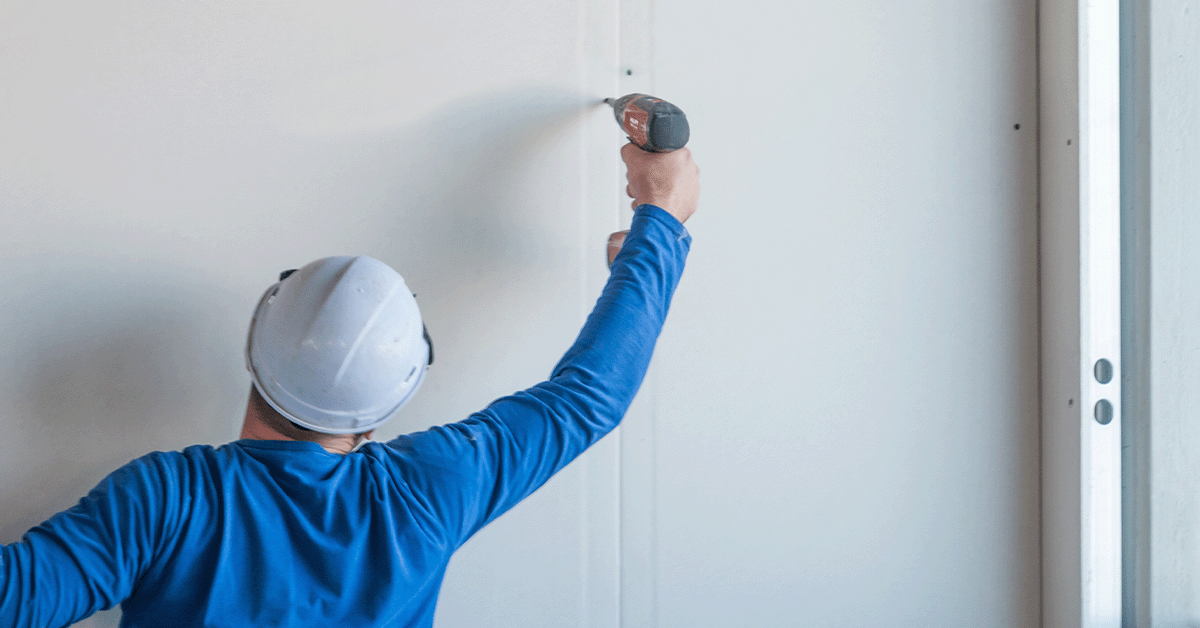*This post is part of a much larger pillar blog: The Complete Commercial Drywall Guide
Table of Contents
ToggleIntroduction
As a seasoned commercial drywall installation company, we’ve seen an immense need for high-quality control joints due to the cracking and other issues that occur from improper drywall installation.
One of the key tools in preventing these problems is the use of control joints. But what are control joints and why are they so important?
In this blog post, we’ll provide an overview of what control joints are and their role in preventing cracking in drywall.
What are Control Joints, and How Do They Work?
Control joints are thin lines cut into drywall to allow for movement in the building structure and prevent cracking.
Essentially, they’re designed to act as a weak point in the drywall. Why? You might ask. Keep reading for the answer.

What Different Types of Control Joints Exist?
There are several different types of control joints available, each with their own specific use.
For example, there are tapered control joints, which are cut at an angle to provide more flexibility and allow for more movement, and V-groove control joints, which are V-shaped cuts.
GET THE LATEST INDUSTRY NEWS DELIVERED TO YOUR INBOX
Stay on the forefront of the construction industry with our weekly e-newsletter.
The Importance of Control Joints in Commercial Drywall Installation
Control joints play a critical role in preventing cracking in drywall installations.
When a building experiences movement, whether it’s from settling, temperature changes, or other factors, it can cause stress on the drywall.
This stress can lead to cracks, which not only look unsightly, but can also weaken the structure of the wall.
Control joints help to mitigate these problems by providing flexibility and movement to a surface. By allowing the building to move, control joints help to prevent stress from building up and causing cracking.

Other Methods of Preventing Cracking in Drywall
It’s also important to note that control joints are often used in conjunction with other methods for preventing cracking in drywall.
For example, proper fastening and support of the drywall can also help to reduce the likelihood of cracking.
However, control joints are still an essential component in the process, as they provide an additional layer of protection against cracking.
Conclusion
In conclusion, control joints are an indispensable aspect of drywall installations and play a vital role in preventing cracking and ensuring the longevity and stability of the walls.
It’s important to use the right tools and materials and follow best practices to ensure optimal performance.
By understanding the importance of control joints and how to properly install them, drywall professionals like us can ensure high quality, durable installations for their clients.



